Table of Contents
- Identifying Seasonal Changes That Affect Hair
- The Heat Factor: How Summer Affects Your Strands
- Humidity and Hair: Fighting Frizz and Flatness
- Wardrobe to Haircare: Holistic Approach to Protection
- Expert Tips for Year-Round Hair Health
- Myths and Facts: What Works for Seasonal Hair Protection?
- Creating a Personalized Seasonal Haircare Plan
- Real-Life Stories of Hair Survival Through the Seasons
Each season, your hair tells a new story that reflects your sense of style and the challenges your strands endure. Whether it’s summer’s scorching sunlight, winter’s biting chill, or the unpredictable transitions of spring and autumn, your hair responds in real-time to each turn of the weather. These shifts deliver challenges and opportunities, shaping how you care for and present your hair. Embracing these seasonal stories requires awareness and a willingness to adapt and protect.
Countless individuals seek help from solutions like premium hair extensions and protective products as part of their response to harsh weather and styling demands. High-quality extensions can help maintain fullness and length regardless of season, offering a buffer against breakage or environmental stress. Ultimately, knowing how each climate change impacts your strands allows you to make better decisions for protection and self-expression, ensuring your hair remains healthy, vibrant, and a true reflection of your story throughout the year.
Identifying Seasonal Changes That Affect Hair
Nature’s cycles directly influence your hair’s health and appearance. As spring arrives, pollen, increased humidity, and frequent gusts can aggravate the scalp and create an unpredictable natural and styled hair environment. Many people see an uptick in scalp irritation or frizz due to these early seasonal changes. By summer, UV rays become the dominant threat. Scientific data shows that exposure to sunshine can degrade hair proteins, zap moisture, and speed up color fading. This risk is compounded by swims in chlorinated pools or salty oceans, which strip away essential oils, leaving hair more susceptible to damage.
- Spring: Heightened pollen and shifting weather introduce new allergens, making the scalp more reactive and sometimes triggering excess shedding or flaking.
- Summer: Sun exposure, dry winds, salt and chlorine strip hair of natural defenses, leading to fragility and loss of color vibrancy.
- Autumn: Gains and losses in daylight and temperature combine summer stress with the new challenges of cool, dry air.
- Winter: Persistent indoor heating and chilly air cause chronic dryness, resulting in static, flyaways, and brittle ends.
Remaining aware of how these elements interact with your hair type helps you proactively choose the proper care. Drawing from research on seasonal hair loss and changes, adjusting your routine a few weeks before a new season can minimize common hair issues and keep your scalp and strands balanced.
The Heat Factor: How Summer Affects Your Strands
Summer is often a double-edged sword for hair. On the one hand, the long days and outdoor adventures boost mood, but on the other, increased sun and heat become a stealthy source of stress. Ultraviolet radiation gradually weakens keratin bonds, causing hair to lose its natural luster and become prone to split ends. As heat causes sweat, it also increases oil production at the roots—and when combined with product build-up, this can result in scalp irritation or even breakouts. Add saltwater and chlorine together, creating a perfect storm for dehydration and cuticle damage.
Proactive care is key: rinsing your hair promptly after swimming helps prevent chemical and salt build-up, while wide-brimmed hats and UV-shielding sprays offer a much-needed defense. Notably, a study in the International Journal of Trichology confirms that these simple habits significantly reduce cumulative damage, preserving natural color and elasticity regardless of hair type. Embracing sun-safe routines ensures hair remains resilient, letting you look your best even when the temperature soars.
Humidity and Hair: Fighting Frizz and Flatness
High humidity brings its hair nightmares—think frizz, reversion, limpness, or loss of curl definition. Hair naturally absorbs atmospheric moisture, expanding the cuticle and disrupting a polished look. Those with curly or highly porous hair often notice the most significant changes, but no hair type is immune. Humidity can cause voluminous styles to collapse, undoing hours of careful smoothing and challenging the best blowouts.
The best defense is a sensible offense: lightweight leave-in conditioners, argan or jojoba oil serums, and frizz-fighting sprays help form a protective barrier, repelling excess water while locking in necessary hydration. It’s wise to avoid layering on heavy silicones in humid environments, as these can weigh hair down and make strands look greasy. Instead, opt for smoothing products explicitly designed for high-humidity settings and style strategically to reduce exposure, such as wearing buns or braids on the stickiest days.
Wardrobe to Haircare: Holistic Approach to Protection
The connection between your wardrobe and hair care may not be evident initially, but it is profound. Swapping out headwear and hair accessories to suit the elements protects your strands from damage as you change your boots for sandals or jackets for tees. In summer, lightweight scarves, silk wraps, and hats block direct UV rays, which protect your scalp and maintain the integrity and shine of your hair. In colder months, warm beanies or headbands lined with smooth fabrics prevent static buildup and shield hair from harsh, drying winds.
The American Academy of Dermatology highlights that adopting a season-sensitive approach to hair care, including accessory choices, can result in fewer breakage, split ends, and hair thinning throughout the year. This holistic habit—looking at hair protection as an extension of your self-care and daily styling—sets you up for consistently healthy hair.
Expert Tips for Year-Round Hair Health
- Stay Hydrated: Drinking water and using conditioners rich in humectants support internal and external hair hydration. This helps the hair shaft remain supple even as conditions change.
- Reduce Heat Styling: Limit hot tools when outdoor temperatures are extreme. This will allow your hair to recover and lower the risks of thermal damage. Air-dry whenever possible for stronger, more natural strands.
- Detangle With Care: Use wide-tooth combs or fingers, especially when hair is wet and vulnerable to breakage. Comb in sections and always start at the tips to gently work out knots.
- Scalp Health Matters: Massage your scalp regularly to boost blood flow. Nourishing oils or serums can provide additional comfort during dry months and invigorate growth year-round.
- Protective Styles: Braids and updos protect delicate ends from wind, sun, and fabric friction. They also help maintain style and moisture for several days.
Myths and Facts: What Works for Seasonal Hair Protection?
With so much online information, it’s easy to fall for common hair care myths. Frequent trims are often said to boost growth—but while trims minimize split ends, they don’t accelerate growth from the root. Likewise, sun protection isn’t just a summer affair; UV rays can be damaging year-round, even coming through windows in winter. Adjusting the amount and type of moisturizer or oil with each season, rather than sticking to a single formula, helps your hair retain what it needs most.
Don’t be afraid to mix up your routine! Real results come from paying attention to your hair’s current state, even if it means going against “traditional” advice. Listening, observing, and adjusting accordingly ensures your hair’s needs are always met.
Creating a Personalized Seasonal Haircare Plan
The best hair care routines are tailored, not one-size-fits-all. Observe your hair closely as seasons change—perhaps you notice increased tangling or dryness, or maybe your scalp needs extra cleanser in sweaty months. Find products that suit both your texture and the weather. That could mean richer creams in winter, clarifying rinses in summer, or perhaps incorporating a humidifier or switching to silk pillowcases as conditions dictate.
Document what works and what doesn’t. This record can guide future decisions and help prevent recurring problems. A routine that adapts to climate keeps your hair healthy, manageable, and ready to face every new chapter your environment brings.
Real-Life Stories of Hair Survival Through the Seasons
Small changes in habits can have lasting, visible effects. For example, Emily transformed her color-treated hair by incorporating moisturizing masks and trimming her ends every two months before summer. Lucas battled static and dryness all winter but saw enormous improvement after switching to shampoo with gentle, hydrating ingredients and using a silk cap at night. These personal victories show that being attentive and responsive to your hair is not just about aesthetics but also self-confidence.
However minor, each adjustment writes a new, more positive story for your hair. Your journey through the seasons is unique, but protecting and celebrating your strands with the right strategies, informed choices, and some seasonal wisdom is always possible.

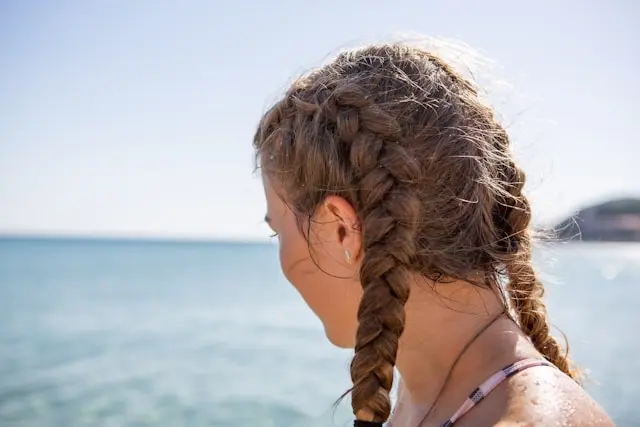
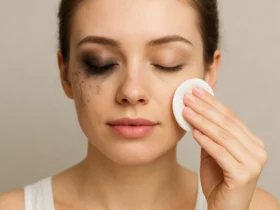
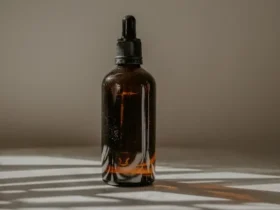



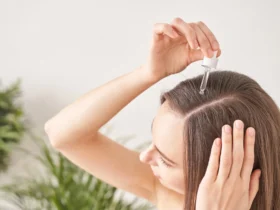

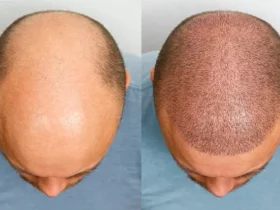
Hello!! My name is Annabella
I love to eat, travel, and eat some more! I am married to the man of my dreams and have a beautiful little girl whose smiles can brighten anyone’s day!